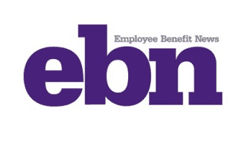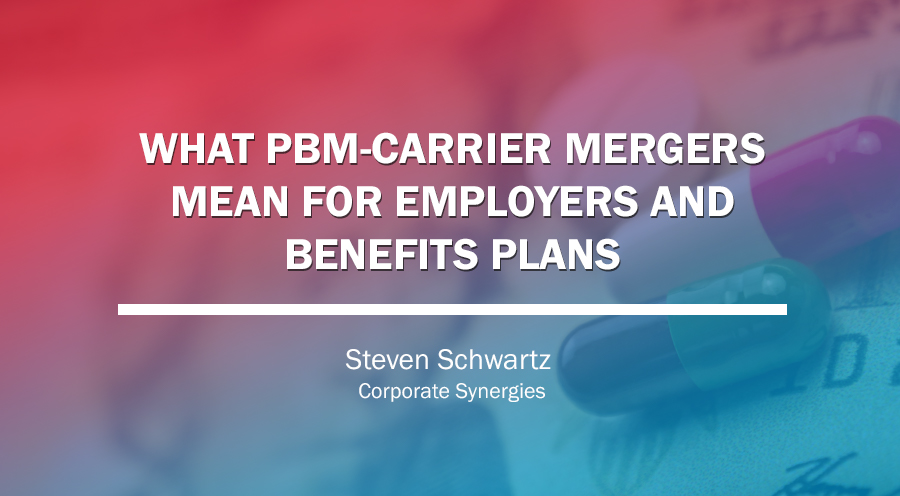
Consolidation in the insurance industry—integrating pharmacy benefit managers (PBMs) into carriers—is bringing change to the way employers buy health insurance and how employees and consumers use it. Whether these PBM-carrier mergers are good or bad remains to be seen.
Carriers and PBMs are merging because, carriers claim, integrating a PBM with a carrier can help employers save money and assist patients who are on complex drug regimens. These PBMs, including CVS Caremark and Express Scripts, both employ pharmacists who specialize in specific diseases.
Carriers could also roll out new types of formularies and products to provide more options for employers. Insurers say that PBM-carrier mergers will give them more negotiating power with manufacturers. But there is plenty of reason to be skeptical of the coming changes, too.
Here’s how these mergers could impact employers and consumers.
A Smaller Marketplace with Less Flexibility for Fully Insured Plans
Insurance will soon be largely controlled by five large corporations—Anthem, Cigna, CVS Health, Humana and UnitedHealth Group. This will create a smaller market for prescription drug plans and minimize the flexibility that employers have to switch from a carrier-owned PBM to a stand-alone PBM.
To offset the potential impact of PBM-carrier mergers, employers should be proactive.
Employers and brokers should put their prescription plan to market in order to assess performance and consider other PBM options. As the market shrinks, carriers will keep tight reins on fully insured employers and prevent them from carving out their prescription plans and moving to another PBM.
Consider the example of a 150-person addiction treatment and recovery nonprofit organization. The company’s clients sometimes become peer counselors after they finish treatment, which means that the workforce has unique health issues and treatment needs. Claims for an expensive drug to treat hepatitis C totaled $600,000 in one year and increased the prescription plan utilization by 257%.
Catastrophic claims like these, and double-digit annual increases, could have shut down the organization. Instead, the nonprofit unbundled its prescription plan from its carrier and turned to a niche PBM that developed a prescription plan that provides full transparency into certain drug costs. The coming consolidation will make it difficult—or nearly impossible—for fully insured companies to carve out prescription plans in favor of smaller PBMs. And the effects of that could be catastrophic for some businesses.
Less Flexibility for Mid-market Self-insured Plans
While self-insured employers will have more insight into exactly how much they are paying for prescription plans, they may still struggle to remain flexible as market consolidation continues. Many self-insured employers still turn to large insurance carriers to act as third-party administrator (TPA) of the plan. Carrier TPAs administering plans for employers with less than 500 lives may require these plans to only use the carrier’s integrated PBM and prevent unbundling from medical.
What Plans Should Do Right Now
Fully insured employers may want to consider partial self insuring in order to have more visibility into plan details and claims data. Until you become partially self insured it may not even be an option to carve out your prescription plan.
For partially self-insured employers, it’s important to understand how your prescription plan pricing works right now so that you’ll understand what is being changed as PBM-carrier mergers continue. I’d also recommend reviewing options for specialty niche PBMs that may be able to provide more transparent pricing and more flexible prescription plan options.
It’s incredibly important to understand the implications of unbundling or carving out prescription plans. While this should be done with careful consideration, it’s also important to act quickly. Once these mergers are finalized and carriers begin implementing new underwriting rules and changes, it may be a challenge for mid-market employers to be able customize their prescription program.





